Search
Did you mean: Xois?
Search Results
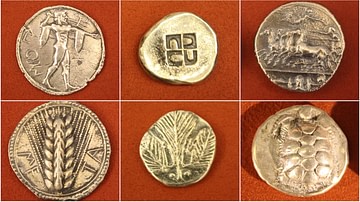
Image
Greek Silver Coins
Top row (L to R): Poseidonia (520 BCE) - Silver stater, Poseidon with trident. Corinth (525-500 BCE) - Silver stater, incuse square of swastika design. Syracuse (c. 400 BCE) - Silver decadrachm, quadriga with Nike crowning a charioteer...
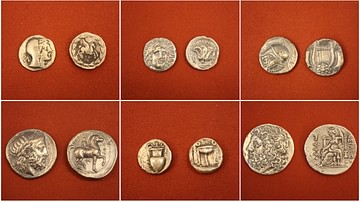
Image
Ancient Greek Silver coins
Top row (L to R): - Silver drachm from Corcyra (Corfu), 229-48 BCE. O: Head of Dione. R: Pegasus. - Silver didrachm from Rhodes, Caria, 304-166 BCE. O: Head of Helios. R: Rose. - Silver stater from Calymna, Caria, 600-550 BCE. O: Male...
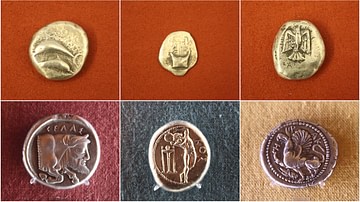
Image
Ancient Greek Coins
Top row (L to R): Thera (c. 500 BCE) - Silver stater, two dolphins. Delos (6th century BCE) - Silver drachm, lyre. Siphnos (540-500 BCE) - Silver stater, eagle. (Alpha Bank Numismatics Museum, Kerkyra, Corfu) Bottom row (L to R...
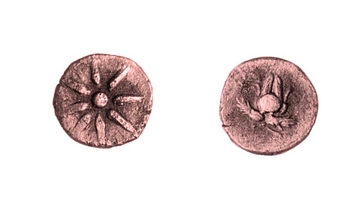
Image
Copper Coins Struck in Vani (Colchis)
Copper. The weights range: hemichalkon – 0,8 gr.-1,1 gr., chalkos – 1,2 gr.-2,1 gr. d=12-13/14-15 mm. for hemichalkon, d=11/13-16 mm. for chalkos. Obverse: Stylized effigy of lotus – Isis’ decoration. Reverse: Eight-pointed star...
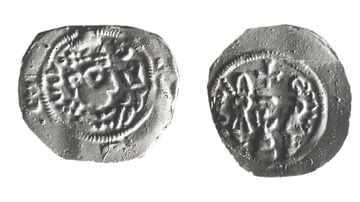
Image
Kartli/Iberia Coins with a Cross & Altar
Silver. The weights range from 2,44 gr. to 3,23 gr. d= 26/27-29/30 mm. Obverse: Ohrmazd IV to the right. Legend in Pehlevi: hrm – aphzu (Ohrmazd Augustus). This is placed within onefold circle of the dots. Reverse: Cross on altar...

Definition
Byzantine Coinage
The coinage of the Byzantine Empire continued that of its more ancient predecessors and functioned as a convenient method of payment for goods and services, especially to soldiers and officials, and as a means for people to pay their taxes...

Video
Romulus and Remus: a History of a Nation in Coins
This latest AHE video takes a look at how the Roman people represented the myth of Romulus and Remus on their coinage. Spanning in time from 269 BCE- 248 CE.
Ancient History Encyclopedia
www.ancient.eu

Video
Shah Abbas: Coins of faith and power at the British Museum
Vesta Sarkhosh Curtis, British Museum curator of Islamic and Iranian coins, talks through the messaging on some Persian coins.
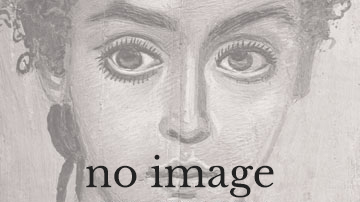
Video
Origins of Written Language (Language of Coins: 2/16)
The origin of pictographic & ideographic writing systems are imagined in the first part of this story (proto-writing). The rebus principle is introduced, setting the stage for the development of an alphabet. Featuring some key artifacts from...

Video
History of the Alphabet (Language of Coins: 3/16)
History of the Alphabet. This video introduces the Hieroglyphic, Cuneiform, Hieratic, Demotic & Phoenician writing systems. It presents information as a series of selections from a finite collection of symbols... References (book): - The...